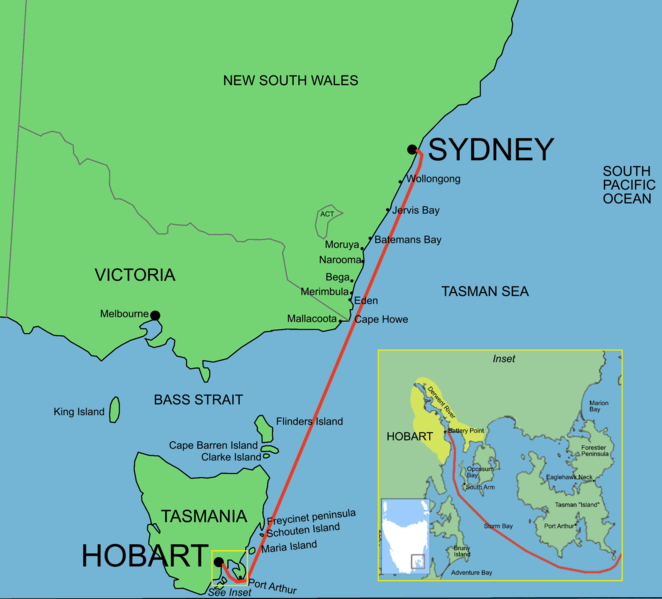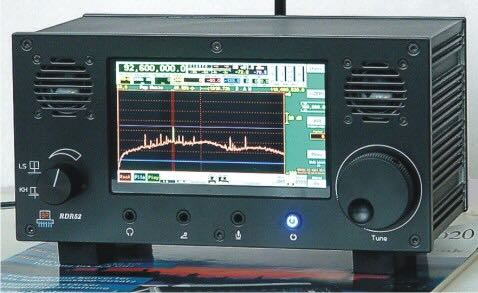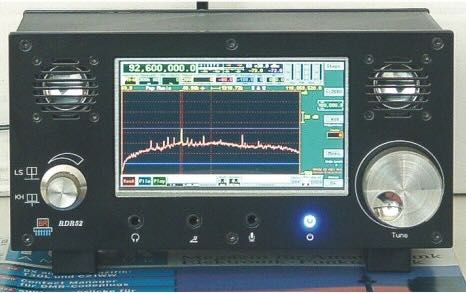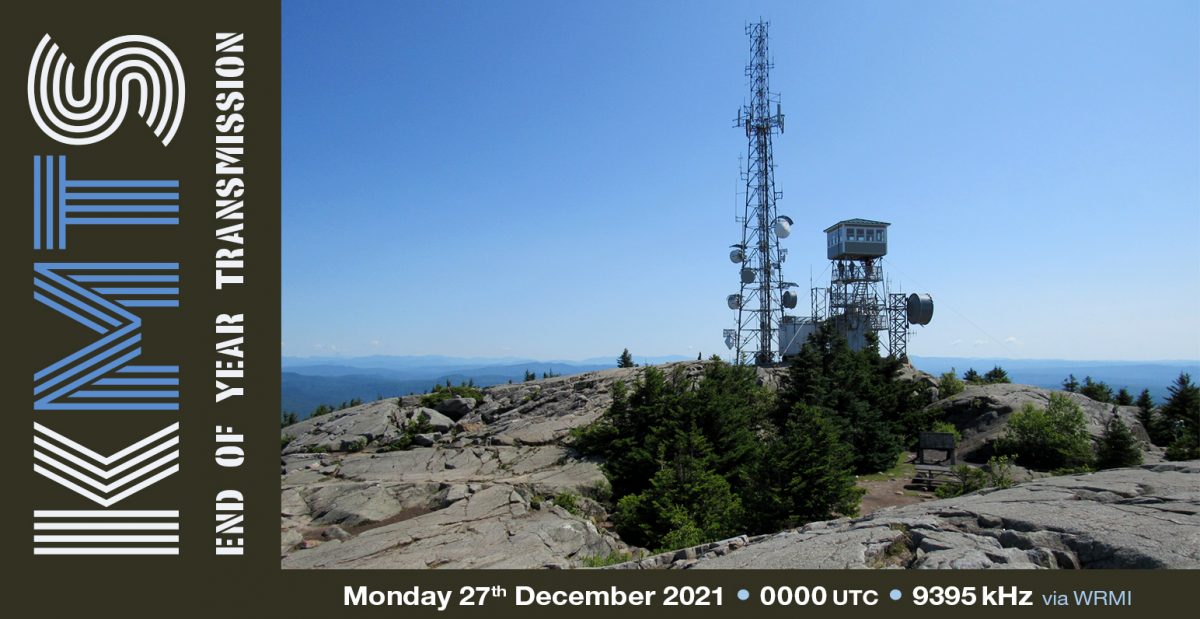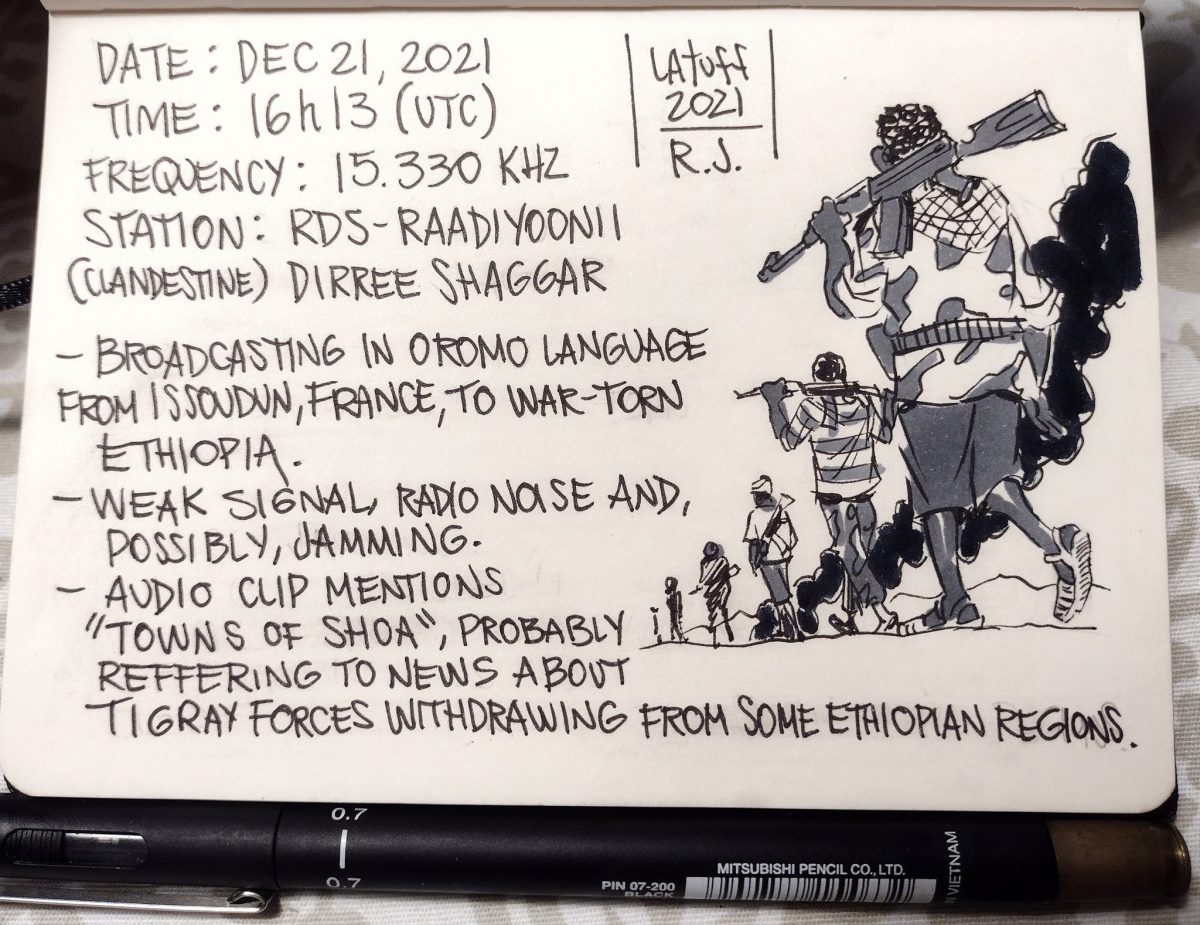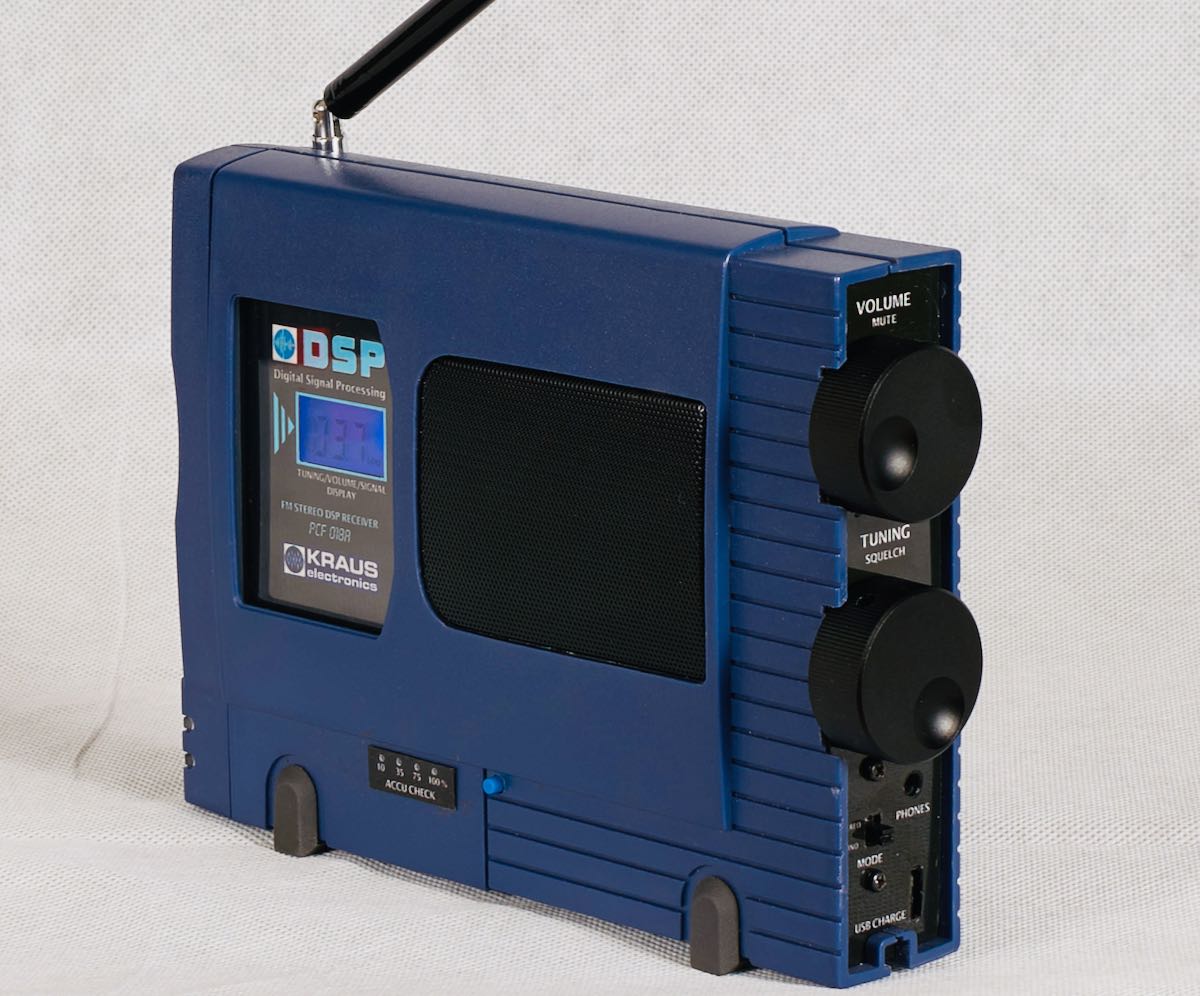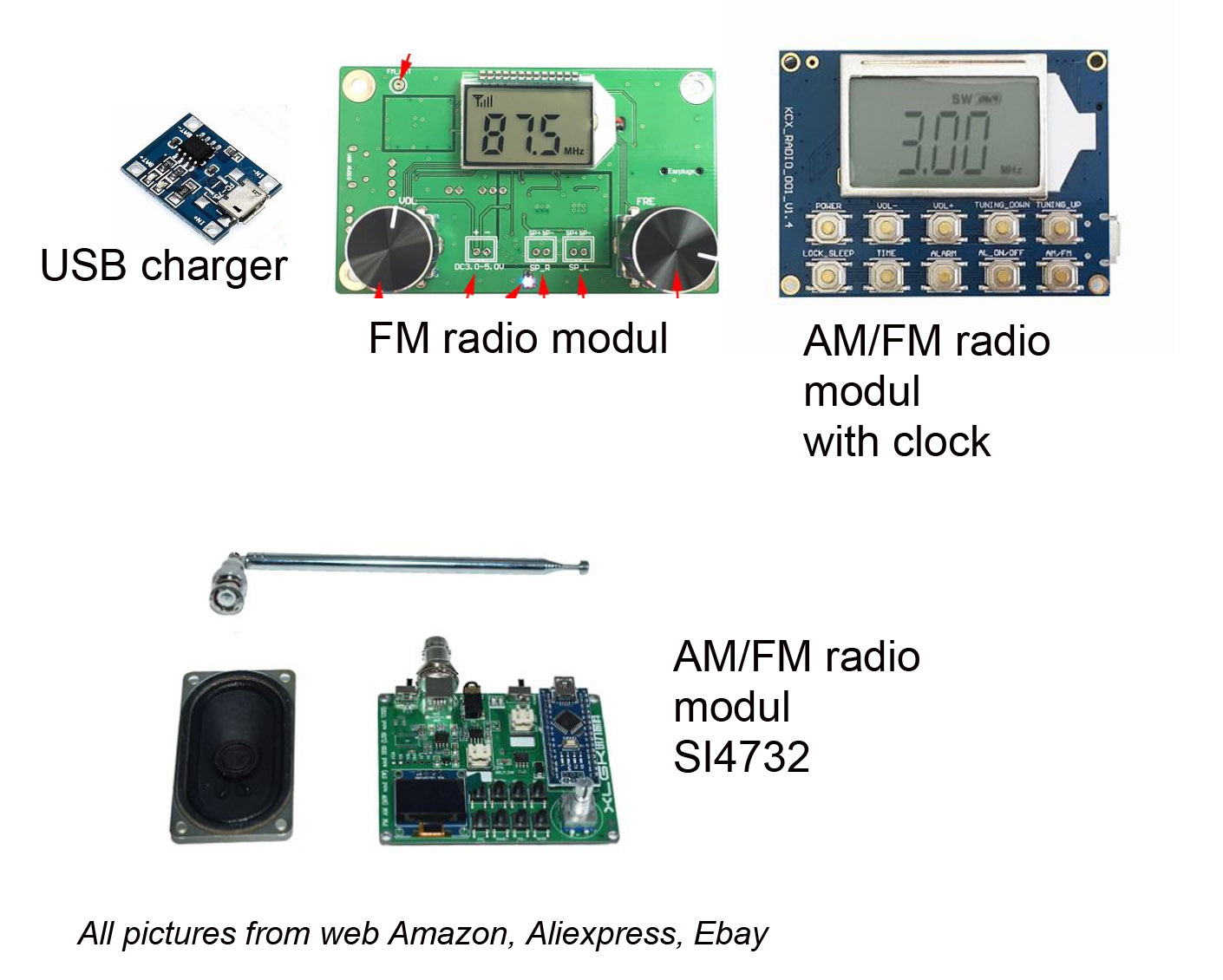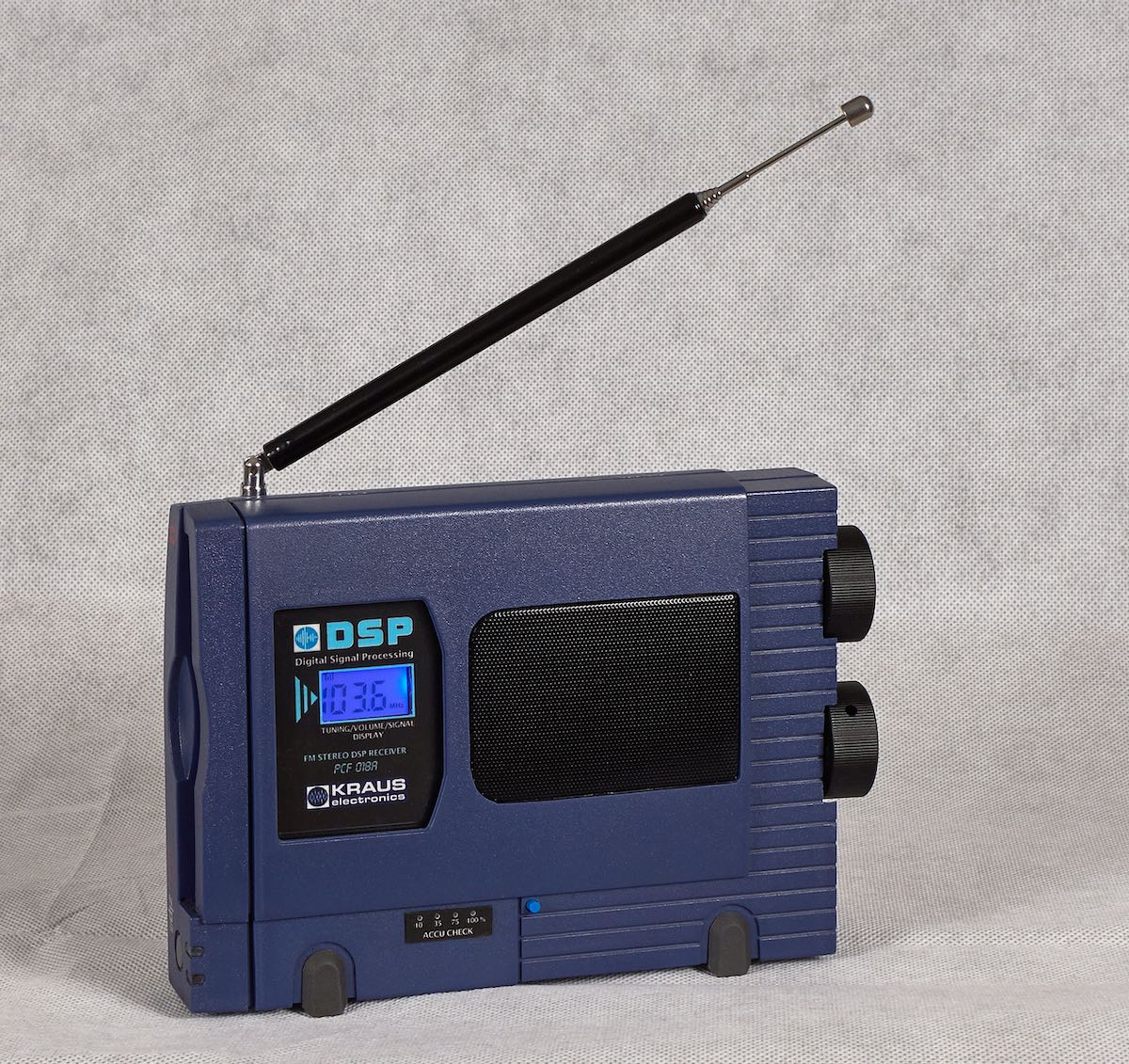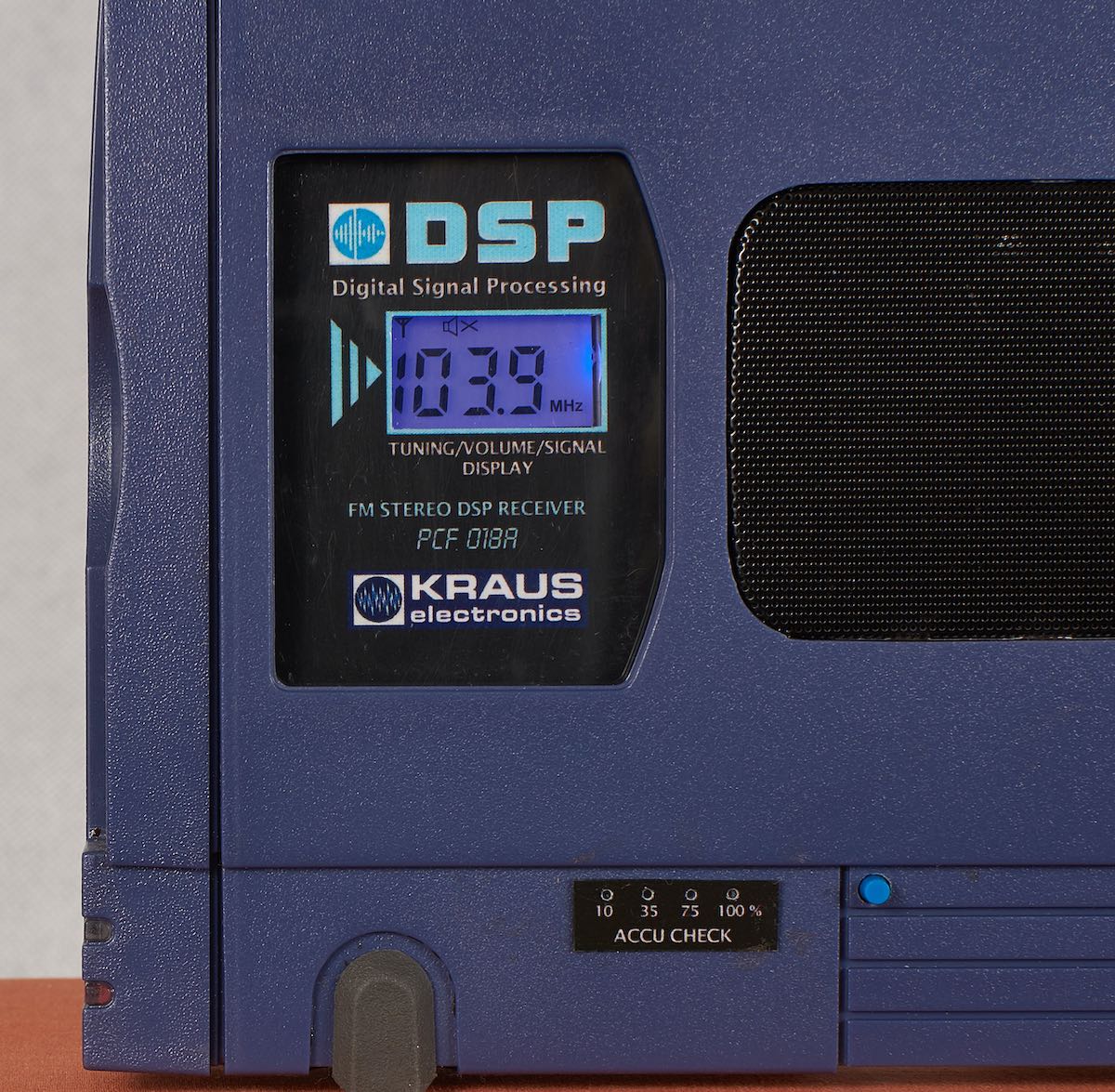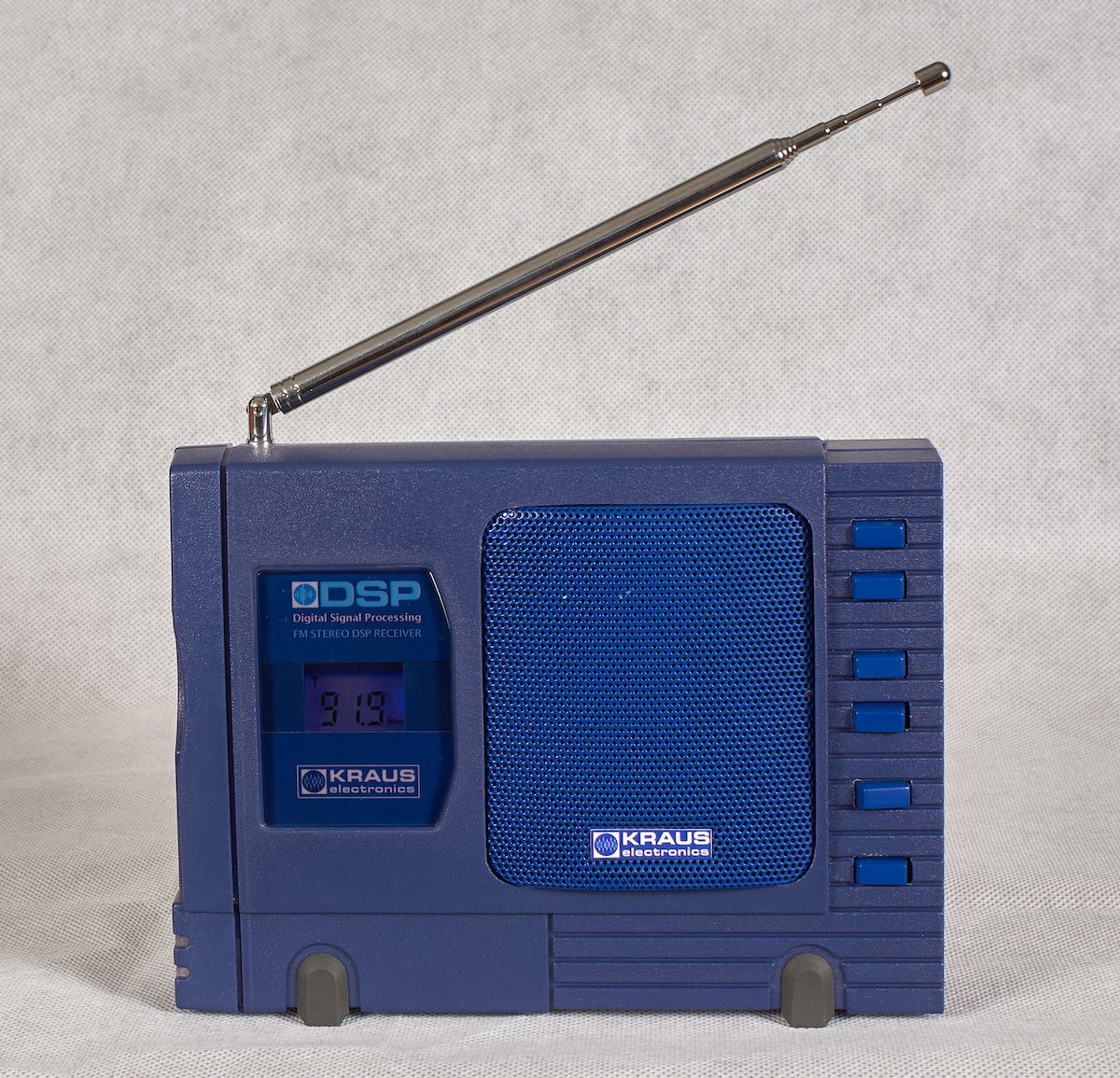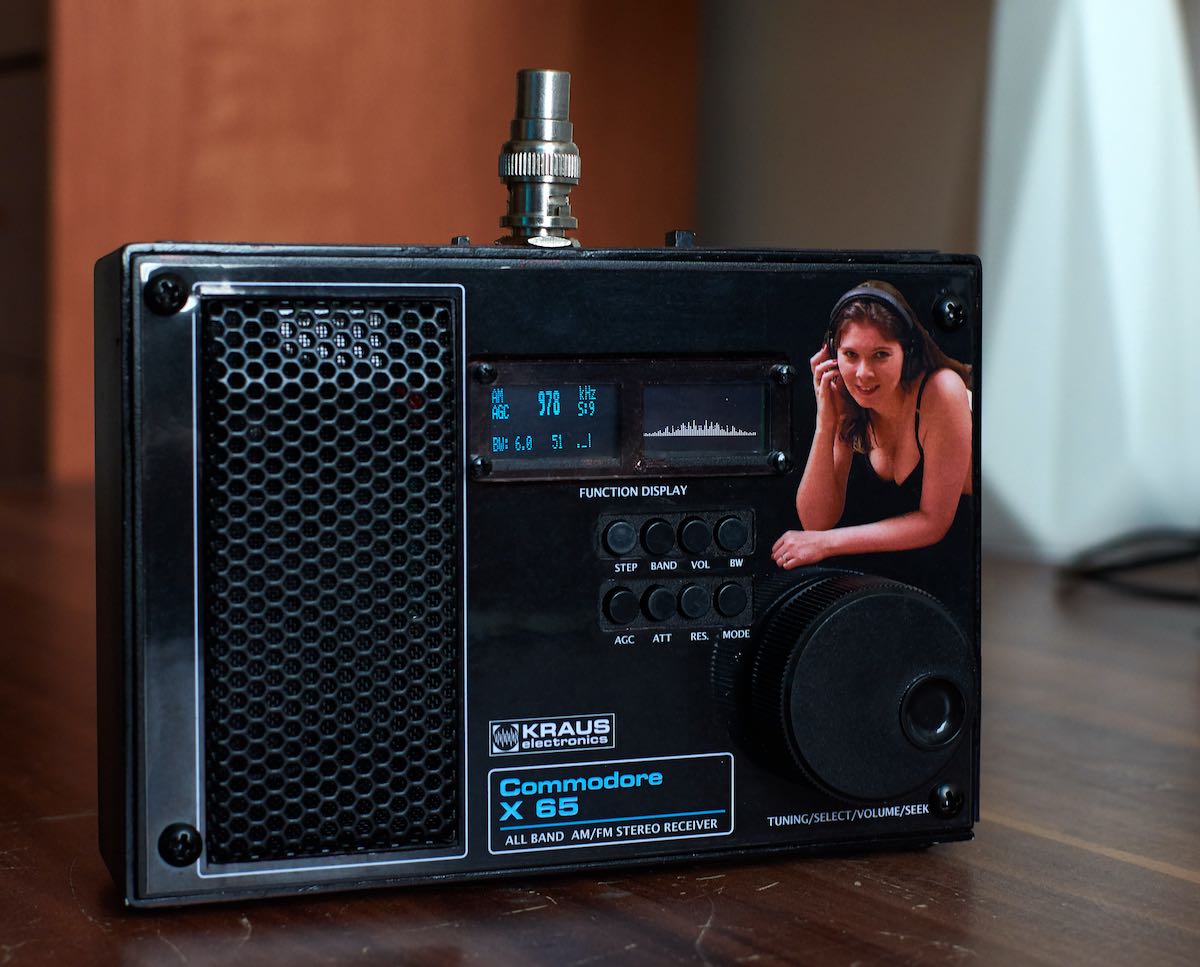
Canadian Reginald Aubrey Fessenden in his lab believed circa 1906 (Source: Radio Canada International)
(Source: ARRL News)
Experimental Station will Recreate 1906 Fessenden Transmissions
Experimental station WI2XLQ will be on the air on 486 kHz AM for the Reginald Fessenden commemorative transmission. Brian Justin, WA1ZMS, is the licensee. He will transmit for 24 hours starting at 2000 UTC on December 24, with a repeat transmission starting at 2000 UTC on December 31. Justin will use a homebrew 1921-era MOPA exciter with Heising modulation, followed by a modern 500-W linear. The transmission will be the same as in past years — two violin pieces that Fessenden claims to have played as one of the very first voice transmissions from his Brant Rock, Massachusetts, radio lab site. “While doubt remains that such a transmission ever took place, Fessenden did perform some crude voice transmissions over a few miles distance in early December near Washington, DC, as a demonstration for the US Navy,” Justin said. “So, perhaps some credit is due Fessenden for his efforts to transmit the human voice in an era of spark transmissions.”
If you would like more information about Brian Justin and WI2XLQ, check out our interview with him in 2013. Indeed, I successfully heard the 2013 WG2XFG broadcast and posted this audio clip on the Shortwave Radio Audio Archive.

